|
*This post contains affiliate links. I receive small commissions for purchases made through these links at no extra cost to you. These commissions help me keep this site up and running, in order for me to keep providing helpful and inspiring art content. :)
Interested in learning how to create beautiful looking skies that will enhance your watercolor landscapes? What are some different kinds of skies that we can create using this painting medium? Why is it useful to create different smaller studies of skies before actually attempting to paint a complete landscape? Welcome to the first part of the Watercolor Landscapes for Beginners Series!Landscape compositions are complex because they are made up of a large variety of elements, layers and effects. As beginners just starting out with watercolors, we usually still lack water control (check out my Tips on Water Control video over on YouTube) and are unaware of specific techniques that will lead to the effects we want to achieve, which can make painting a complete composition very frustrating and overwhelming! Due to all of this, I don't recommend looking for full-landscape video tutorials right off the bat. By taking things one step at a time, you are able to build a solid foundation, ensure a natural and more enjoyable progress, and make it a lot more likely to end up with a finished product you're actually proud of. This is why I've created this mini-series for you. :) In this series, we're going to be breaking landscapes apart into different commonly used elements or "layers". We will be studying each element individually, or in isolation, before using our learned skills and techniques to create a complete landscape. Today, we're starting with the furthest "layer" from the viewer in most landscapes, which is the sky. After this, we're moving into elements that are usually located within the foreground and/or middleground.
|
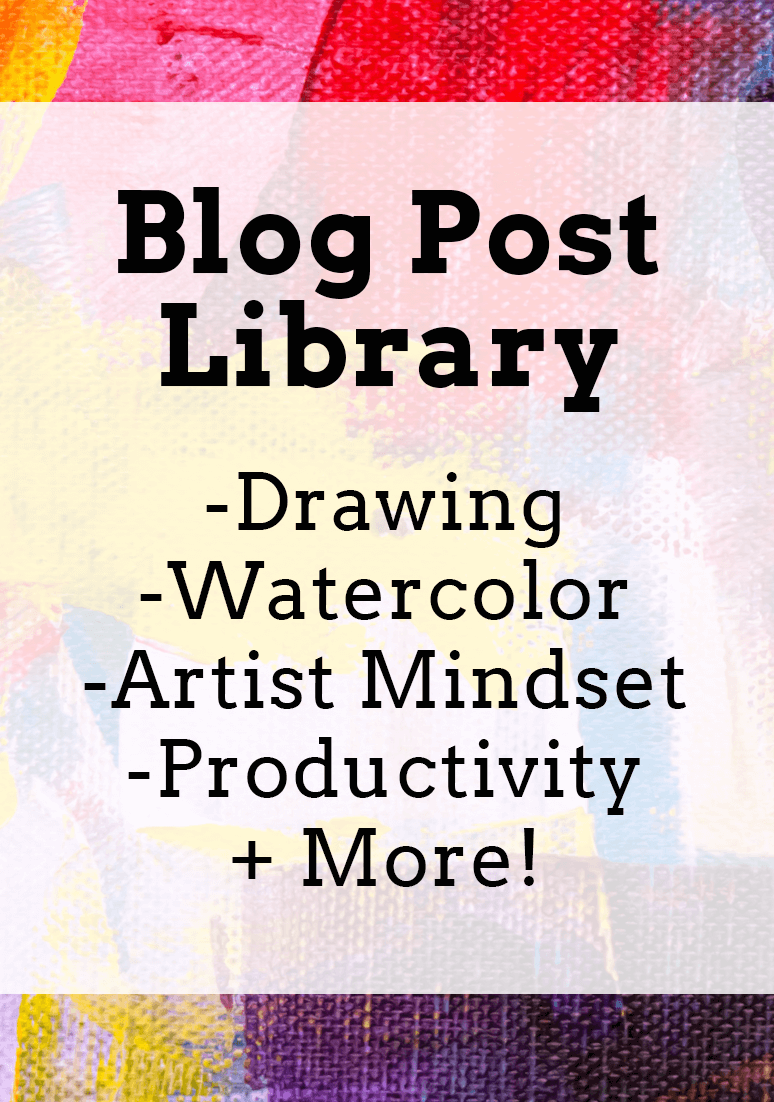
www.erikalancaster.com
is a participant in the Amazon Services LLC Associates Program, an affiliate advertising program designed to provide a means for sites to earn advertising fees by advertising and linking to amazon.com. www.erikalancaster.com is a participant in the Shareasale.com Affiliate Program, an affiliate advertising program designed to provide a means for sites to earn advertising fees by advertising and linking to Shareasale.com partner companies. |

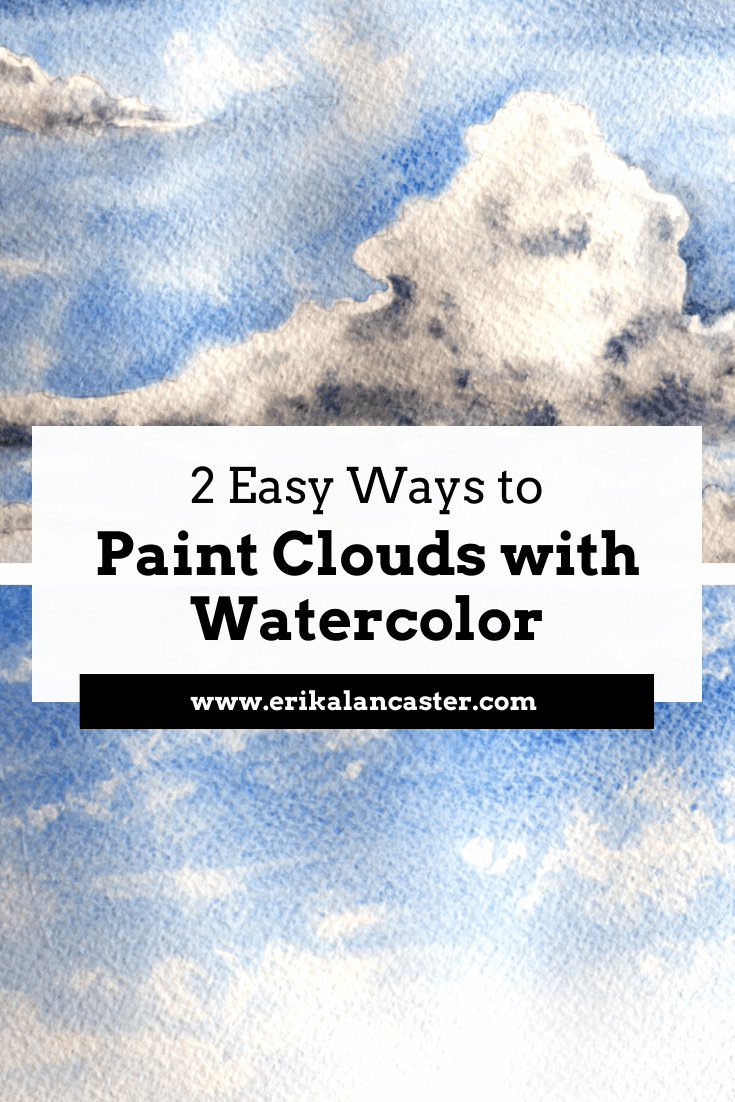
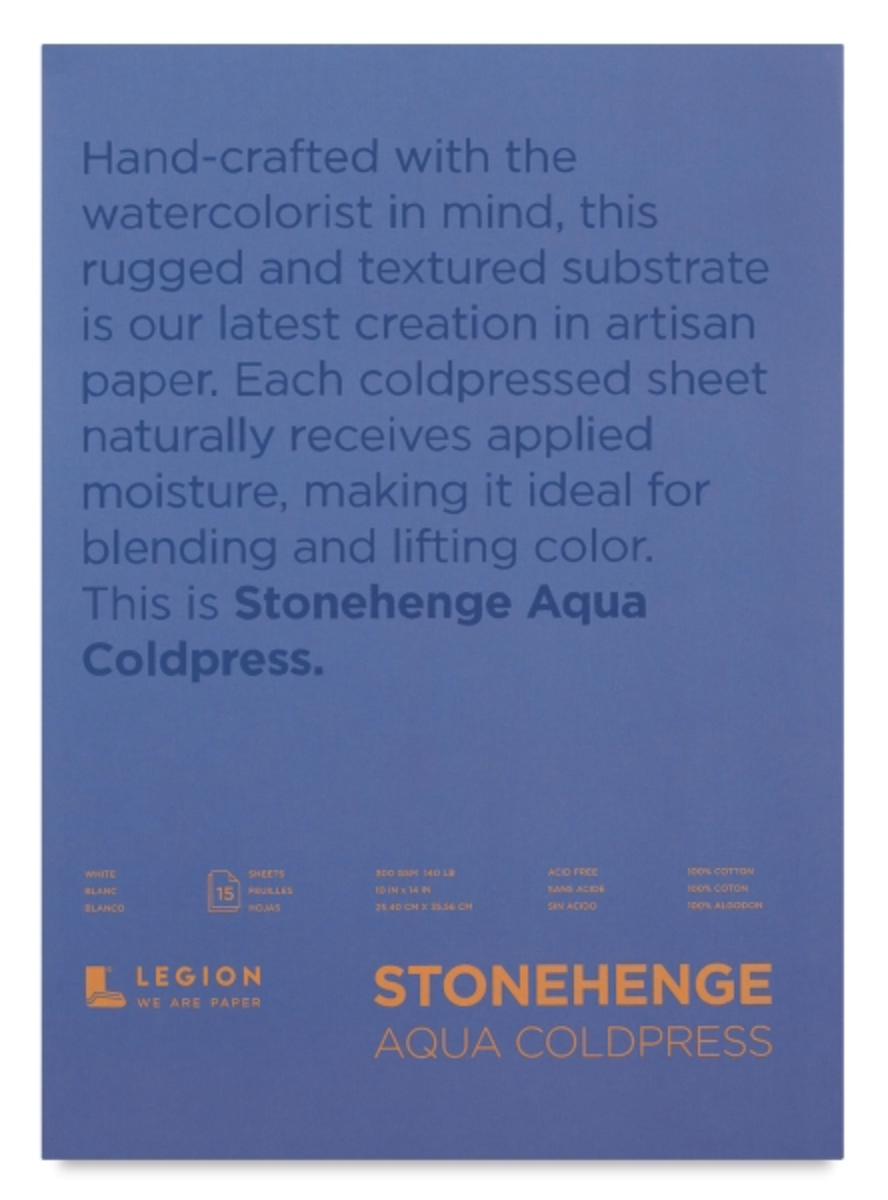

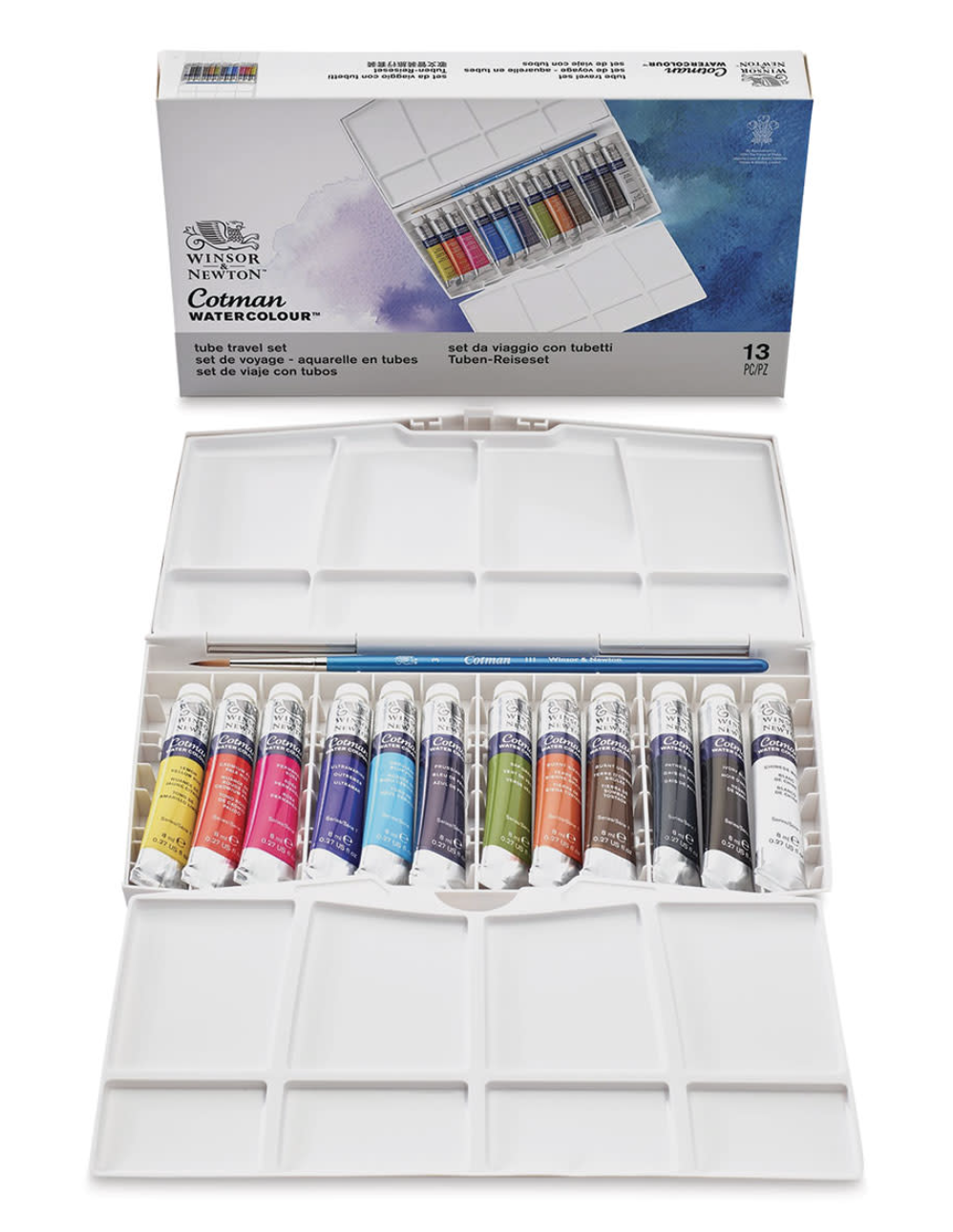

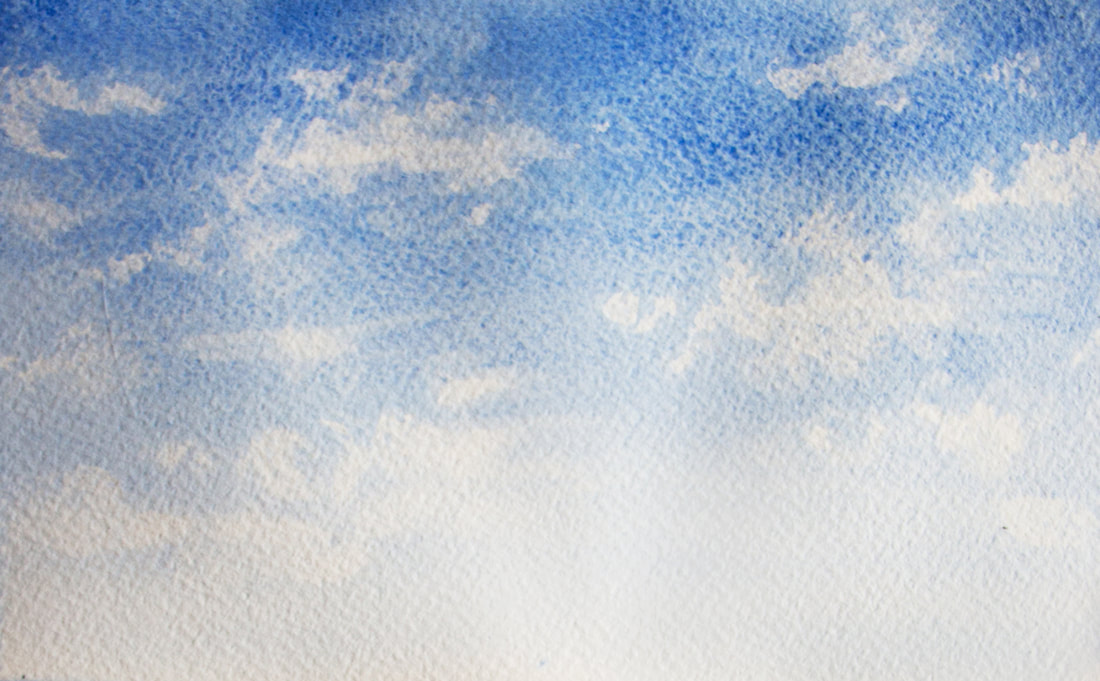
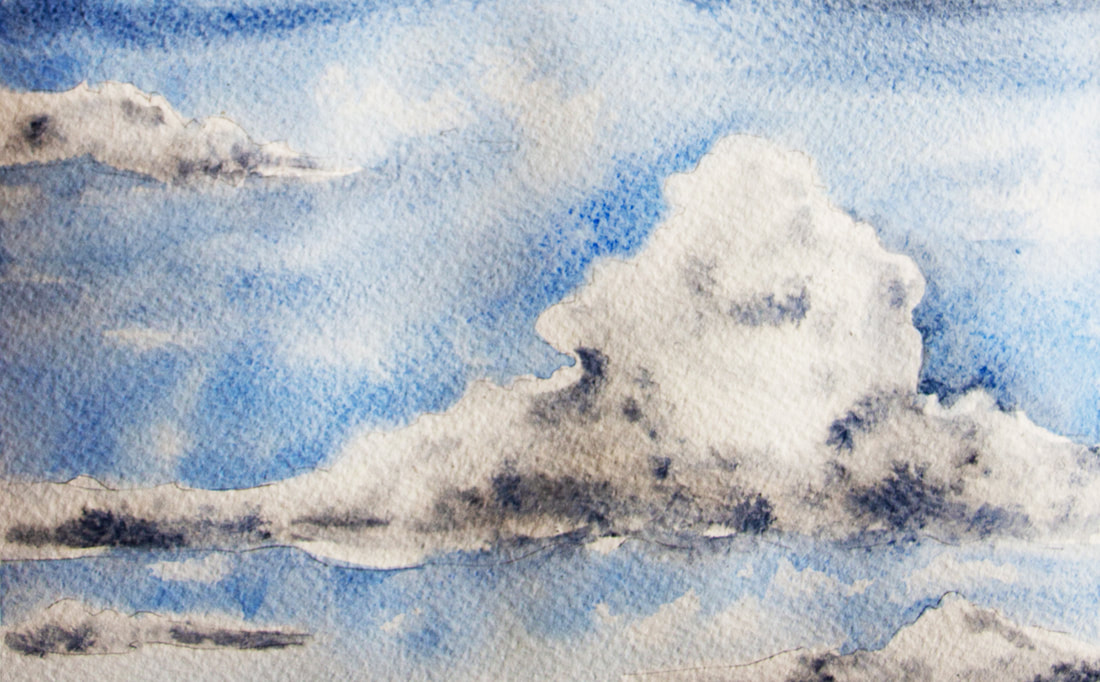

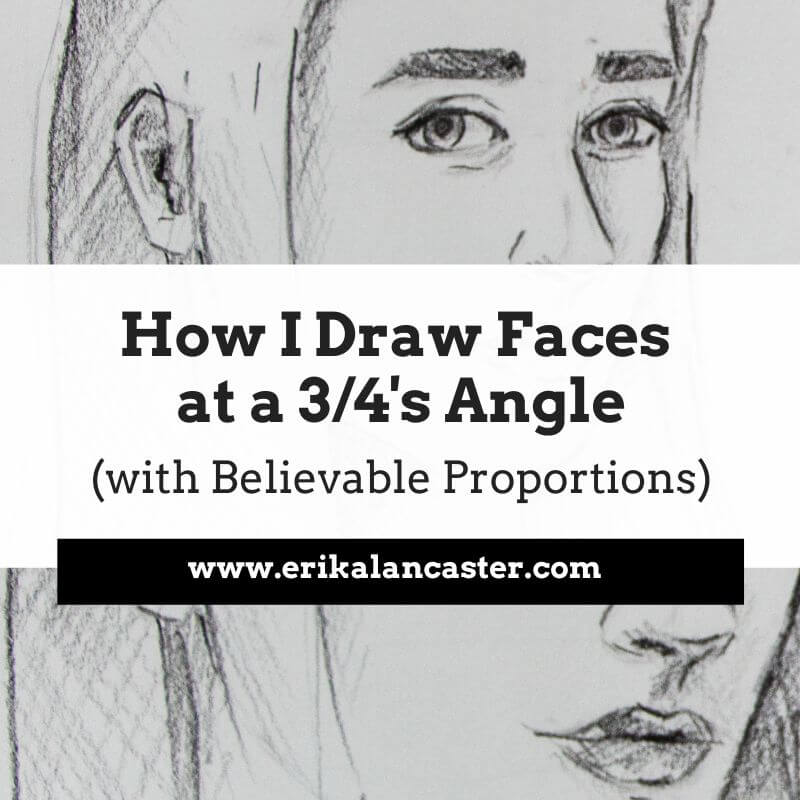

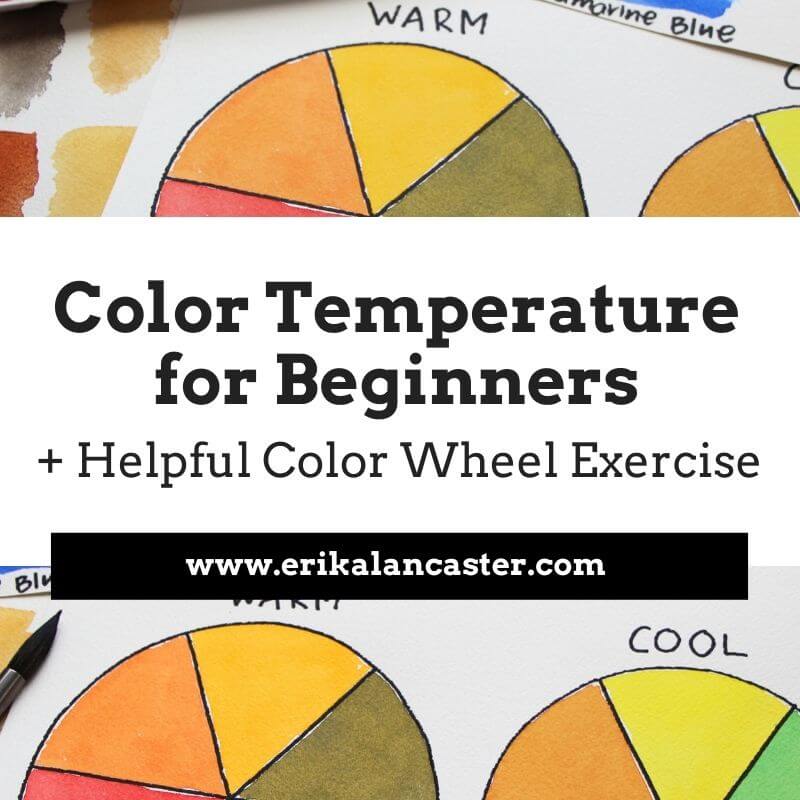




 RSS Feed
RSS Feed

